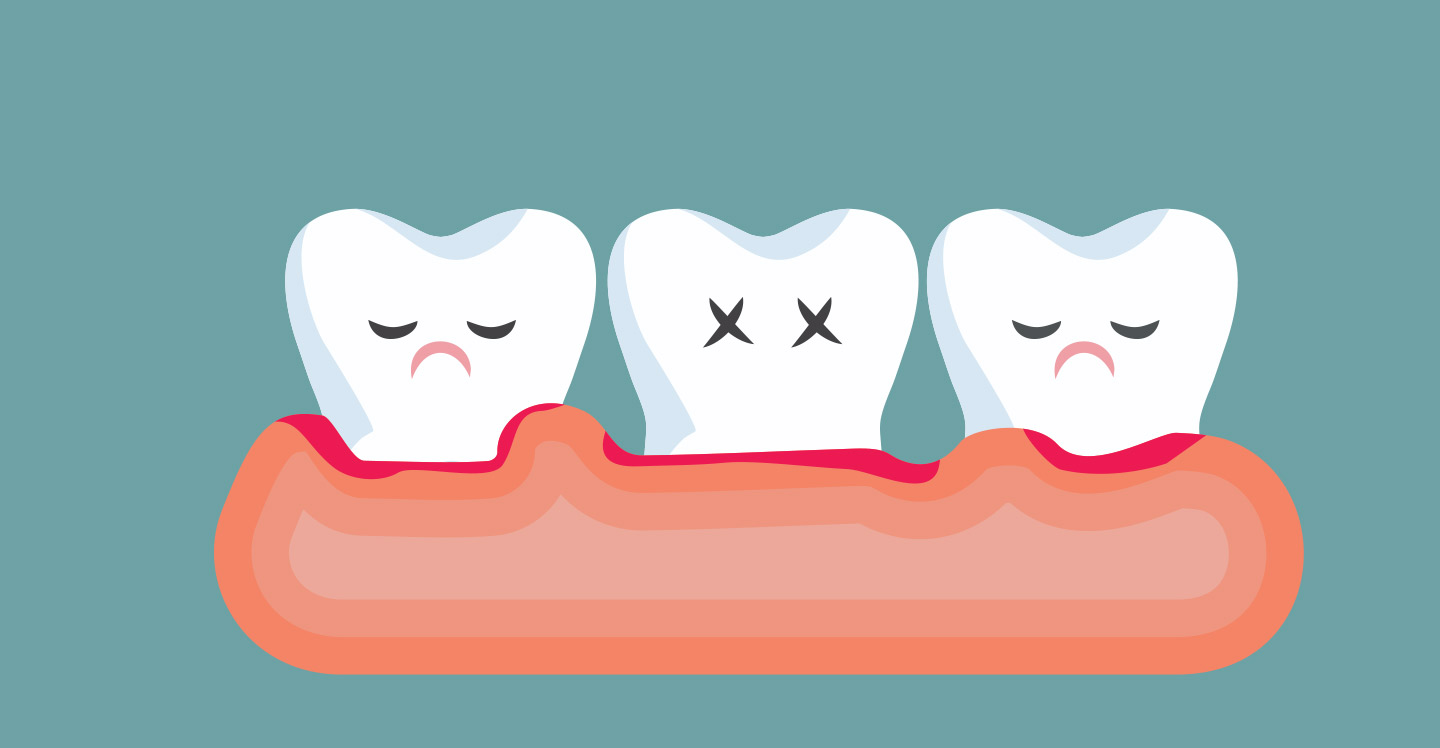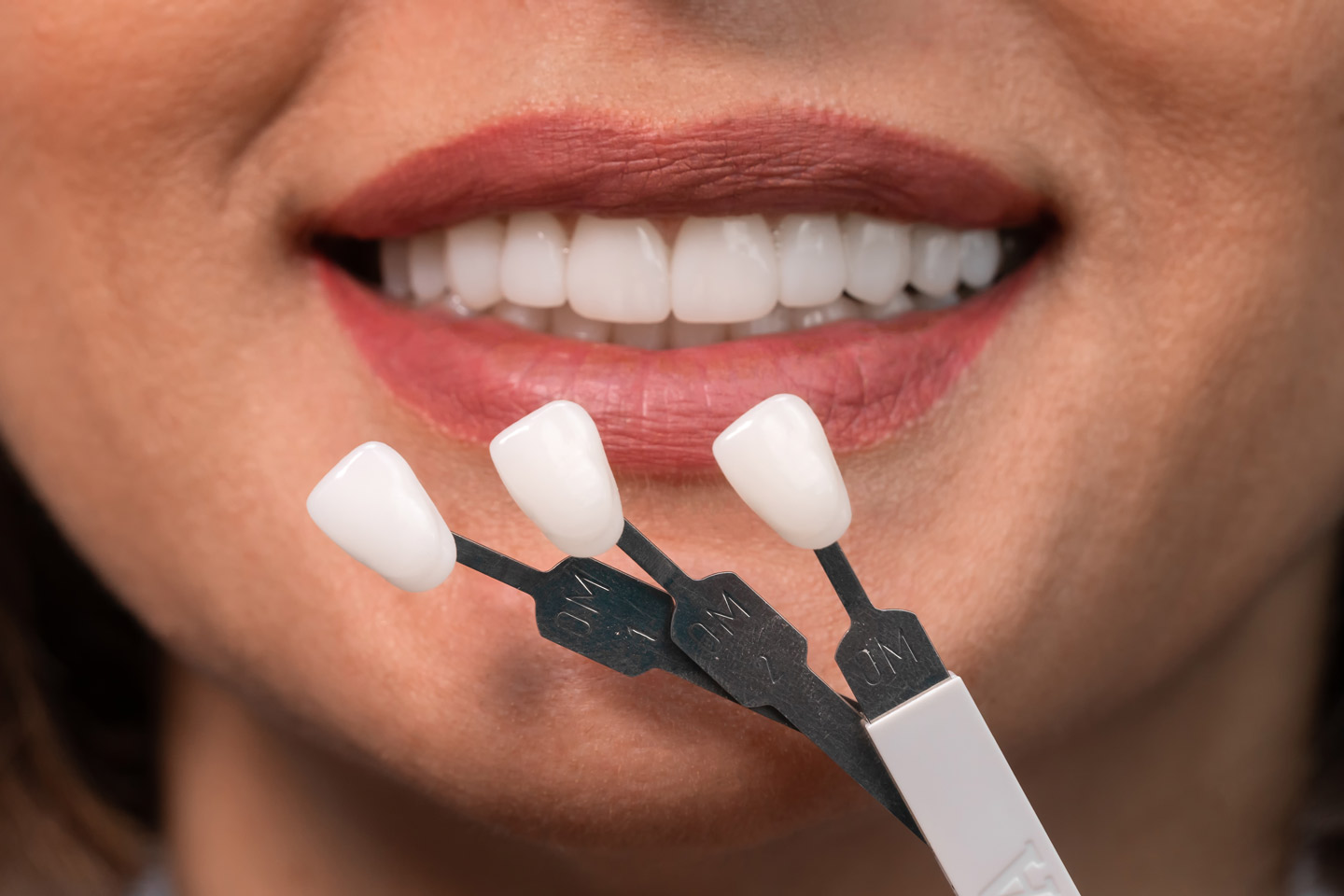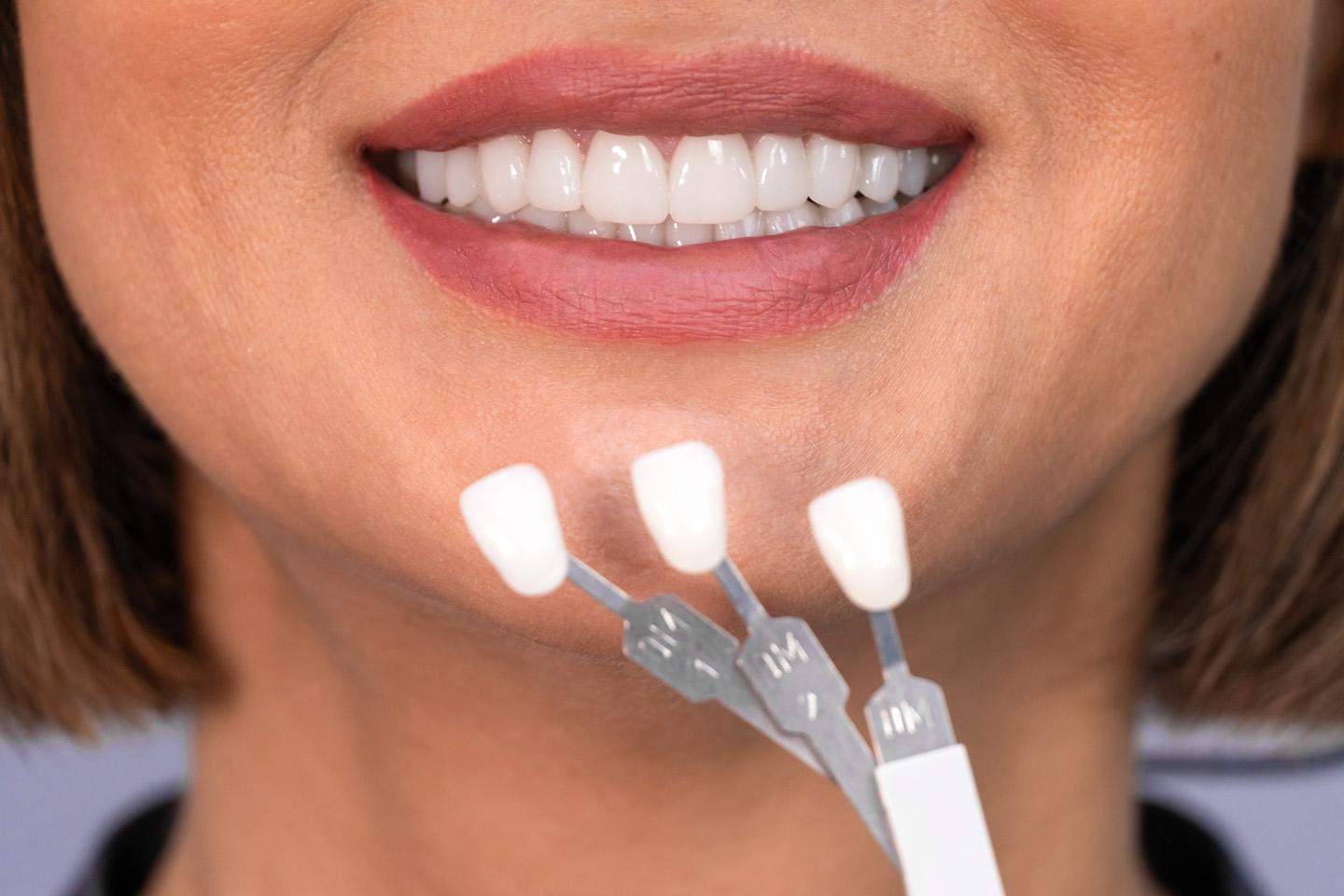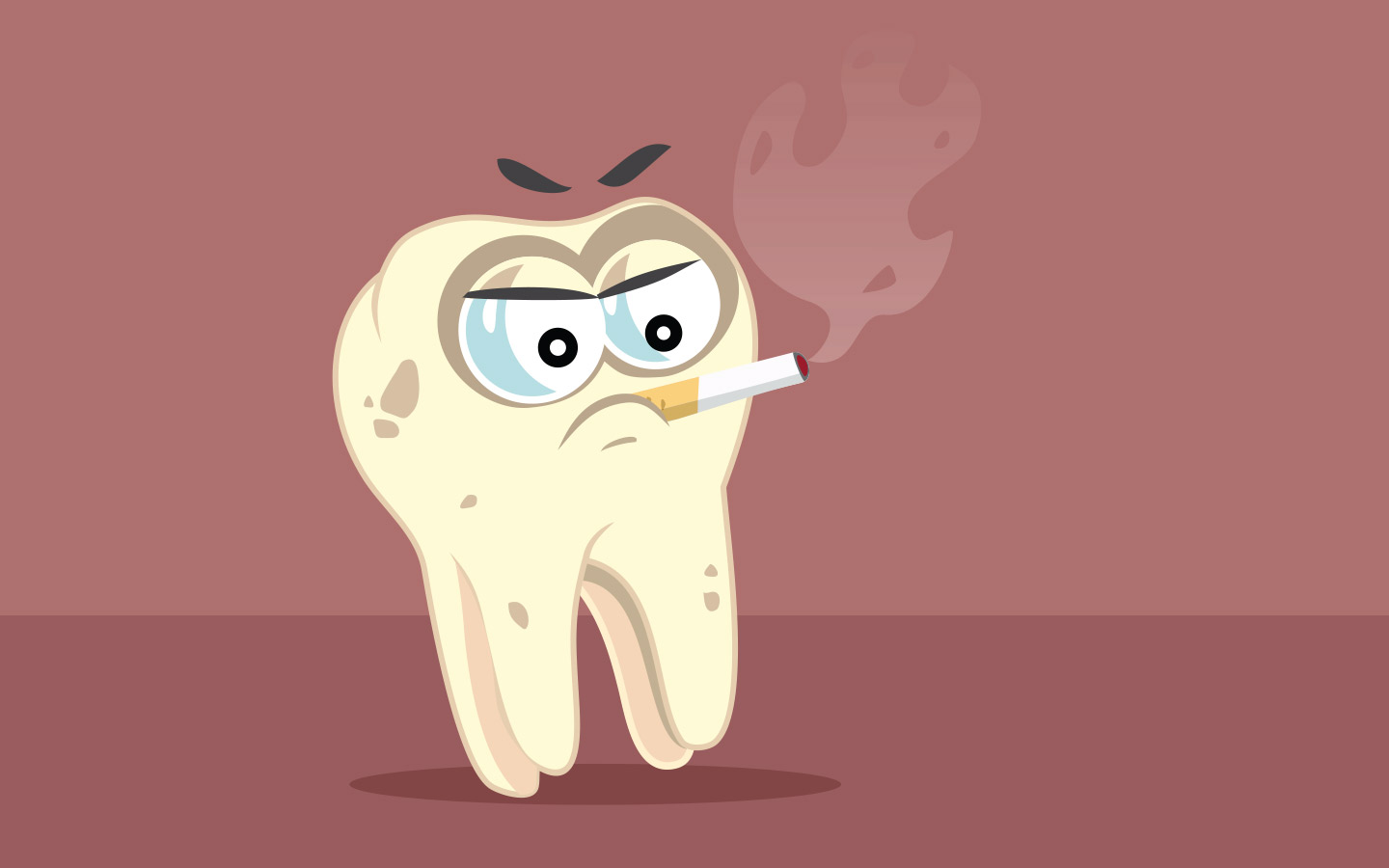What to Eat after Wisdom Tooth Extraction

Proper nutrition plays a vital role in supporting the body’s healing process. By providing essential nutrients, vitamins, and minerals, a well-balanced diet contributes to tissue repair, reduces the risk of infection, and promotes overall recovery. However, the challenges of eating after the surgery, such as discomfort, sensitivity, and potential complications, require careful consideration when selecting food options.
The right food choices can significantly aid in the recovery process. Opting for a soft diet helps minimize discomfort and irritation to the surgical area, reducing the risk of pain or injury to the extraction sites. Soft foods are easier to chew and swallow, ensuring a smoother eating experience. Additionally, selecting foods that are rich in nutrients supports the body’s healing mechanisms and boosts the immune system, enhancing the recovery process.
This guide provides valuable insights into the recommended dietary options, emphasizing the importance of proper nutrition and a soft diet after wisdom tooth extraction.
Understanding the Post-Surgery Diet
After wisdom tooth extraction, specific dietary requirements are necessary to facilitate healing and prevent complications. Understanding these requirements is crucial for a smooth recovery process.
Reason for Specific Dietary Requirements
The extraction of wisdom teeth leaves behind open sockets in the mouth where the teeth were previously located. These sockets are delicate and require time to heal properly. The specific dietary requirements aim to minimize stress on the surgical sites, prevent disruption of blood clots, and reduce the risk of infection.
Importance of Avoiding Hard, Crunchy, or Chewy Foods
Hard, crunchy, or chewy foods can pose significant challenges and potential complications after wisdom tooth extraction. Chewing such foods places excessive pressure on the extraction sites, increasing the risk of bleeding, pain, and delayed healing.
These types of foods can also dislodge blood clots, leading to a condition called dry socket, which can be painful and delay the healing process. Avoiding hard, crunchy, or chewy foods helps protect the surgical sites, promoting faster and smoother healing.
Significance of Maintaining Proper Hydration
Proper hydration is essential during the recovery period after wisdom tooth extraction. However, drinking large amounts of fluids can be challenging due to discomfort and sensitivity in the mouth.
Maintaining hydration is vital for overall health, supporting the healing process, and preventing complications such as dry mouth. Choosing soft, hydrating foods such as soups, smoothies, and juices can provide necessary fluids and help prevent dehydration during the recovery period.
By adhering to the specific dietary requirements after wisdom tooth extraction, individuals can minimize discomfort, reduce the risk of complications, and aid in the healing process. It is advisable to consult with your dentist or oral surgeon for personalized dietary recommendations based on your specific situation.
Recommended Foods for the First Few Days
After wisdom tooth extraction, it is important to consume soft and nutritious foods that are gentle on the surgical sites. Here is a list of foods suitable for immediate consumption during the first few days of recovery:
- Mashed Potatoes: Soft, creamy mashed potatoes are easy to eat and provide carbohydrates for energy. They can be seasoned for added flavor.
- Pureed Soups: Smooth and pureed soups, such as butternut squash or tomato bisque, are nourishing and easy to swallow. Avoid chunky soups that may irritate the extraction sites.
- Yogurt: Soft and creamy yogurt is a great source of protein and calcium. Choose plain or flavored yogurt without any large fruit pieces that may cause discomfort.
- Smoothies: Blended fruit smoothies made with yogurt or milk provide hydration, vitamins, and minerals. Add soft fruits like bananas or berries for added nutrition.
- Applesauce: Unsweetened applesauce is soft and gentle on the mouth. It provides dietary fiber and nutrients while being easy to eat.
Incorporating Protein-Rich Foods:
Protein is essential for tissue repair and optimal healing after wisdom tooth extraction. Consider including the following protein-rich foods in your diet:
- Scrambled Eggs: Softly scrambled eggs are a great source of high-quality protein. They can be easily prepared and customized with soft vegetables or cheese.
- Soft Tofu: Soft tofu is an excellent plant-based protein option. It can be cooked and seasoned in various ways to suit your taste preferences.
Including protein-rich foods in your diet supports the healing process and helps rebuild tissues. They provide essential amino acids, vitamins, and minerals necessary for optimal recovery.
Gradually Transitioning to More Solid Foods
As the healing progresses after wisdom tooth extraction, you can gradually introduce more solid foods into your diet. It is important to exercise caution while chewing and avoid any foods that can disrupt the healing process. Here are some examples of foods that can be safely incorporated into your diet during this phase:
- Cooked Pasta: Soft and well-cooked pasta, such as macaroni or spaghetti, can be a good option. Opt for a smooth sauce or broth to make it easier to chew and swallow.
- Soft Fruits: Ripe fruits that are soft and easy to chew, such as bananas, melons, or avocados, can be introduced. Cut them into small, bite-sized pieces to ensure easy consumption.
- Steamed Vegetables: Soft, steamed vegetables like carrots, broccoli, or cauliflower can provide essential nutrients. Make sure they are cooked until tender to avoid any difficulty while chewing.
- Tender Meats: Lean meats that are tender and easy to chew, such as shredded chicken or fish, can be included in your diet. Ensure that the meat is cooked thoroughly and cut into small, manageable pieces.
When transitioning to more solid foods, it is important to chew carefully and slowly. Avoid biting down directly on the extraction sites to prevent any irritation or discomfort. Take small bites and chew on the opposite side of the mouth to minimize pressure on the surgical area.
Every individual’s healing process may vary, and it is important to prioritize your comfort and follow personalized recommendations for a successful recovery.
Foods to Avoid during the Recovery Period
During the recovery period after wisdom tooth extraction, there are certain foods that should be strictly avoided to prevent pain, infection, or complications. It is important to be mindful of your diet and refrain from consuming the following:
- Hard Candies and Chewing Gum: Hard candies and chewing gum require excessive chewing and can put pressure on the extraction sites, leading to pain, bleeding, or dislodging of blood clots.
- Nuts and Seeds: Nuts and seeds are hard and crunchy, posing a risk of irritation or injury to the surgical sites. They can also get lodged in the sockets, potentially causing infection or delayed healing.
- Popcorn: Popcorn kernels and sharp hulls can easily become trapped in the extraction sites, leading to pain, infection, or damage to the healing tissues. The husks can be difficult to remove, causing further discomfort.
- Spicy and Acidic Foods: Spicy foods, such as hot sauces or chili peppers, and acidic foods, like citrus fruits or vinegar-based dressings, can irritate the extraction sites and cause a burning sensation or discomfort. They may also interfere with the healing process.
- Carbonated and Alcoholic Beverages: Carbonated drinks and alcoholic beverages can create suction or bubbles in the mouth, which can dislodge blood clots, delay healing, or cause dry socket. Additionally, alcoholic beverages can interfere with medication and have adverse effects on the healing process.
Avoiding these foods is crucial to prevent unnecessary pain, infection, or complications during the recovery period. Remember to gradually reintroduce these foods into your diet only after you have fully healed and received approval from your dental professional. Following the appropriate guidelines will contribute to a smooth recovery and optimal oral health.
Tips for a Smooth Recovery
A smooth healing process after wisdom tooth extraction can be facilitated by following these general tips and recommendations:
- Maintain Oral Hygiene: Despite any discomfort, it is essential to continue practicing good oral hygiene. Gently brush your teeth using a soft-bristle toothbrush, taking care to avoid the surgical sites. Rinse your mouth with a warm saltwater solution as advised by your dentist to keep the extraction sites clean and promote healing.
- Avoid Alcohol and Smoking: Alcohol and smoking can impede the healing process and increase the risk of complications. Avoid consuming alcohol and refrain from smoking during the recovery period to optimize healing and reduce the chances of infection.
- Small and Frequent Meals: Instead of consuming large meals, opt for smaller, more frequent meals throughout the day. This reduces the need for excessive chewing and minimizes discomfort. Choose soft, nutritious foods from the recommended list to ensure a balanced diet during the recovery period.
- Manage Pain and Swelling: Follow your dentist’s instructions regarding pain management. Use over-the-counter pain relievers or prescribed medications as directed to alleviate discomfort and reduce swelling.
- Stay Hydrated: Proper hydration is crucial for healing. Sip on water throughout the day and include soft, hydrating foods such as smoothies, soups, and juicy fruits to maintain adequate fluid intake.
- Take Rest and Limit Physical Activity: Allow your body to rest and recover during the initial days after the surgery. Avoid strenuous physical activities that may increase blood flow to the surgical sites and potentially cause complications.
By adhering to these tips, you can contribute to a smooth and successful recovery after wisdom tooth extraction. Remember, the recovery period is temporary, and taking proper care will lead to a faster return to normal oral function and overall well-being.
Conclusion:
Knowing what to eat after wisdom tooth extraction is essential for a smooth and successful recovery. At Medico MD, our experts are here to answer any questions and provide helpful tips, including guidance on what to eat after the procedure. By following the recommended dietary guidelines, individuals can promote optimal healing, minimize discomfort, and reduce the risk of complications.
Remember to focus on soft, nutritious foods that are gentle on the surgical sites, gradually reintroduce more solid foods as the healing progresses, and avoid foods that can impede the recovery process.
By taking care of your diet and following the necessary precautions, you can pave the way for a speedy and comfortable healing journey, allowing you to soon enjoy a healthy and pain-free mouth.




